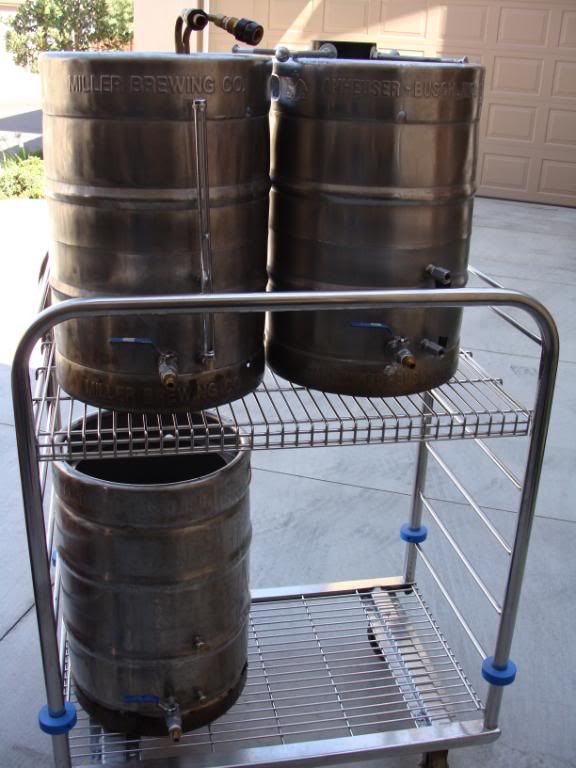My setup is a bit different. When I originally built it 15 years ago, everything was very, very, erm, very expensive, so I did a two-tier, but I have my HLT on the top tier and MT and BK on the second tier. I used gravity for HLT and pumped between the MT and BK, then gravity from the BK through the CFC and into my fermenter that sat on the floor. Now that I'm completely redesigning and overhauling my rig, I've opted to keep my setup the same, even though I'm now pumping from my HLT (HLT is electric now, and I recirc the liquor to maintain even temp). Even though the HLT is essentially over head, so what? The HLT is the one kettle that doesn't need to be scrubbed clean after every batch.
I do have a design in my head for a very compact configuration that is nearly at ground level to minmize heavy lifting, but that's more looking forward a few years as I get old and broken down

MrH

















![Craft A Brew - Safale S-04 Dry Yeast - Fermentis - English Ale Dry Yeast - For English and American Ales and Hard Apple Ciders - Ingredients for Home Brewing - Beer Making Supplies - [1 Pack]](https://m.media-amazon.com/images/I/41fVGNh6JfL._SL500_.jpg)












































